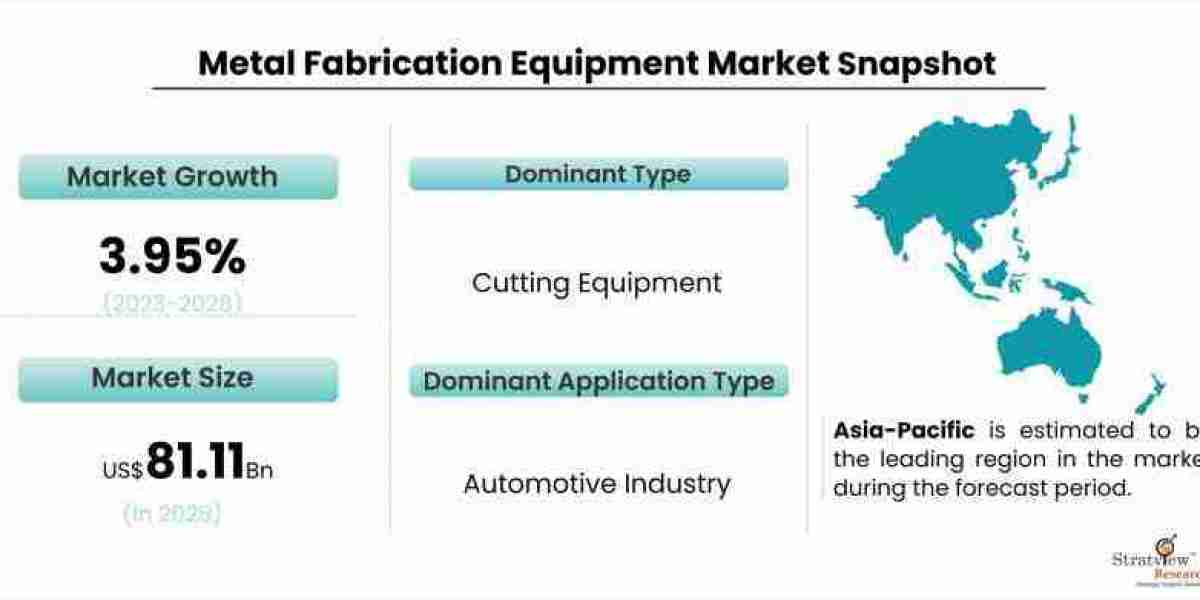Metal fabrication equipment has come a long way from traditional manual tools to highly advanced and automated machinery. Technological advancements in this field have revolutionized the way metal structures and components are fabricated, offering increased precision, efficiency, and productivity. In this article, we will explore some of the key technological advancements in metal fabrication equipment and their impact on the market. The metal fabrication equipment market is estimated to grow from USD 64.29 Billion in 2022 to USD 81.11 Billion by 2028 at a healthy CAGR of 3.95% during the forecast period.
One of the significant technological advancements in metal fabrication equipment is the adoption of computer numerical control (CNC) machining. CNC machines use computer programs to control the movement of tools and workpieces, resulting in highly accurate and repeatable manufacturing processes. These machines offer faster production times, reduced human errors, and improved overall quality. CNC machining has enabled manufacturers to fabricate complex metal components with intricate designs and tight tolerances, which were previously challenging or even impossible to achieve with manual methods. This advancement has greatly expanded the capabilities of metal fabrication equipment and opened up new possibilities in various industries.
Another noteworthy advancement in metal fabrication equipment is the integration of laser cutting technology. Laser cutting machines utilize high-powered lasers to precisely cut through metal sheets with exceptional speed and accuracy. Laser cutting offers several advantages over traditional cutting methods, such as reduced material waste, cleaner edges, and the ability to cut intricate patterns. Additionally, laser cutting machines can be programmed to perform complex operations, such as etching and engraving, further enhancing their versatility. The widespread adoption of laser cutting technology has significantly improved the efficiency and productivity of metal fabrication processes, contributing to the growth of the market.
Robotics and automation have also made a significant impact on the metal fabrication equipment market. Robotic systems are being increasingly employed in tasks such as welding, material handling, and assembly. These robots are equipped with advanced sensors and programming capabilities, allowing them to perform tasks with high precision and consistency. Robotic welding, for example, offers benefits such as increased welding speed, improved quality, and reduced labor costs. The integration of robots and automation in metal fabrication equipment has not only improved productivity but also enhanced worker safety by reducing the need for manual labor in hazardous environments.
The advent of additive manufacturing, commonly known as 3D printing, has brought about a revolutionary change in the metal fabrication industry. Additive manufacturing enables the creation of complex metal parts by layering material in a controlled manner based on a digital design. This technology eliminates the need for traditional subtractive processes like cutting and machining, enabling faster production times and reduced material waste. Furthermore, additive manufacturing allows for the fabrication of highly customized and intricate metal components, opening up new possibilities in industries such as aerospace, healthcare, and automotive. Although still evolving, 3D printing is expected to have a profound impact on the metal fabrication equipment market in the coming years.
In conclusion, technological advancements in metal fabrication equipment have significantly transformed the industry and shaped the market. CNC machining, laser cutting, robotics, and additive manufacturing have revolutionized the way metal structures and components are fabricated, offering increased precision, efficiency, and versatility. These advancements have not only improved productivity and quality but also opened up new opportunities in various industries. As technology continues to evolve, it is crucial for manufacturers and equipment suppliers to stay abreast of the latest developments and embrace innovation to remain competitive in the ever-growing market for metal fabrication equipment.



